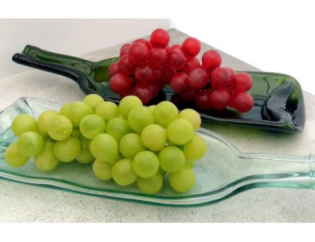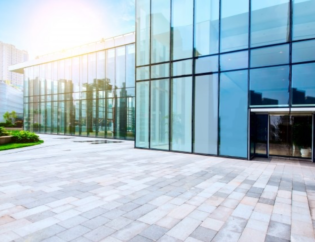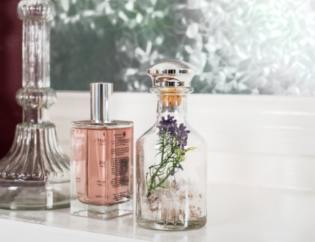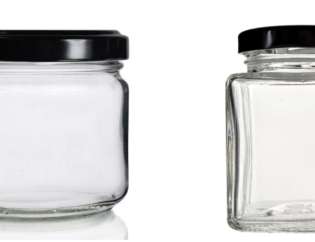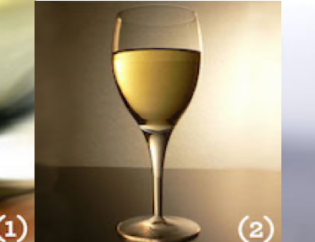
Glass is a prominent feature in modern design and architecture. An innovative and long-lasting material, glass, applied to facades, windows, and interiors, offers excellent structural integrity, aesthetic appeal, and a contemporary look while saving money and reducing energy use.
There has been some discussion about the overall safety of glass used, as well as the matter of fire safety. Glass buildings, when constructed and designed according to appropriate standards and guidelines, and when the proper glass types are selected for the façades, will help to minimize the potential for fire damage. Original glass facades are flame retardants, not inflammable.
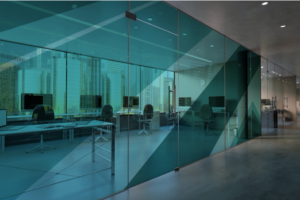
See what is safe in the glass
The transparent vision safety glass market today has excellent options from around the world. Some types of products that fall into this category include transparent eyeglasses that contain intumescent layers, coatings, and laminates. In addition to metal, plastics, and wood, fire retardants such as tempered/toughened glass, laminated glass, insulated glass units, and wire mesh glass are also significant fire deterrents. It is possible to give bricks the fire-rating property of being able to substitute for a brick wall, but they also offer a straightforward design. It is also possible to employ sophisticated approaches to reduce radiant heat from a fire
EN 13501 uses a system where each glass product has a letter assigned to it for the European glass standards.
Integrity – E
W – Low levels of radiation
I - Insulation
FRG glasses are also available in the following types.
A. E Class provides only integrity. This is a unique set of tempered glasses, and they help keep fires from spreading to the other side. In this type of glasses, no protection from radiation will be available. They are typically employed in the confines of a company.
B. This is an EW class, which are glasses that have been tempered and laminated. These will help keep the flames under control, and they will also regulate the radiation to 15KW per square meter on the non-fire side. They are trustful and do not promote the production of heat radiation. These can be applied internally and externally.
C. The non-fire side of the chamber has a maximum temperature that never exceeds an average of 140 degrees Celsius.
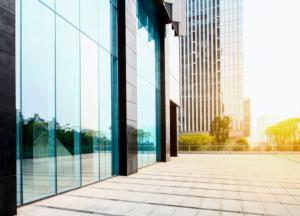
To help reduce the risks of fire accidents, there are numerous high-quality, fire-resistant glasses on the market today.
1. Wired Glass – The embedded wire mesh in the glass helps the glass maintain its structural integrity even after exposure to elevated temperatures, helping to prevent breakage from fire hoses.
2. Borosilicate glass is especially well-suited for applications that need heat resistance because of its low thermal expansion coefficient.
3. Toughened Glass – This type of glass has been through a unique tempering process that increases its stress resistance. At the very least, it dissolves into smaller granules that are less likely to cause injuries.
4. Glass with a flame retardant coating that is applied to toughen it even further – this metal fire retardant coating enhances the toughness of the glass.
5. Toughened glass with intumescent gel – In any intumescent, the gel swells when exposed to fire, and it is therefore highly hydrated, which helps cool the surroundings significantly.
6. Laminated glass with intumescent layers - Desirable for façades, it is laminated, increasing its fire resistance and making it harder enough to prevent fire from spreading to the rest of the building while eliminating wiring within.
Citing glass would be unfair because it didn't cause fire-related destruction in buildings. Loss of life and property is most often caused by neglect and poor design and construction. The use of glass facades only aids in fire rescue but does not make the situation worse. glass is widely used across the world for architecture and design on a massive scale


